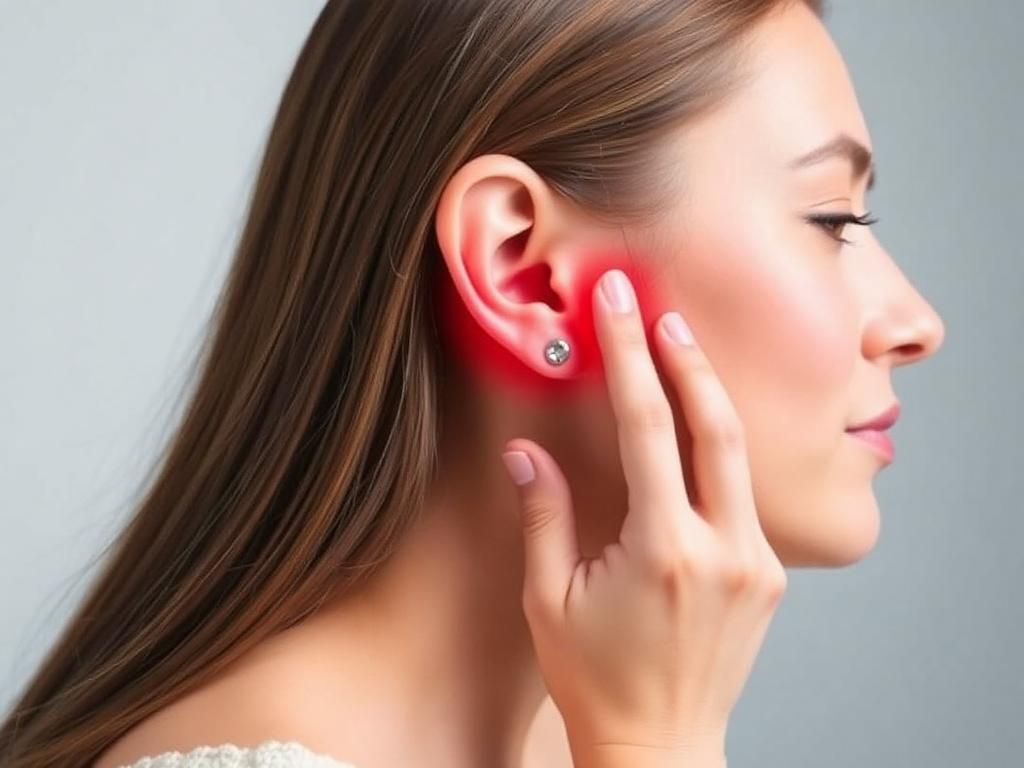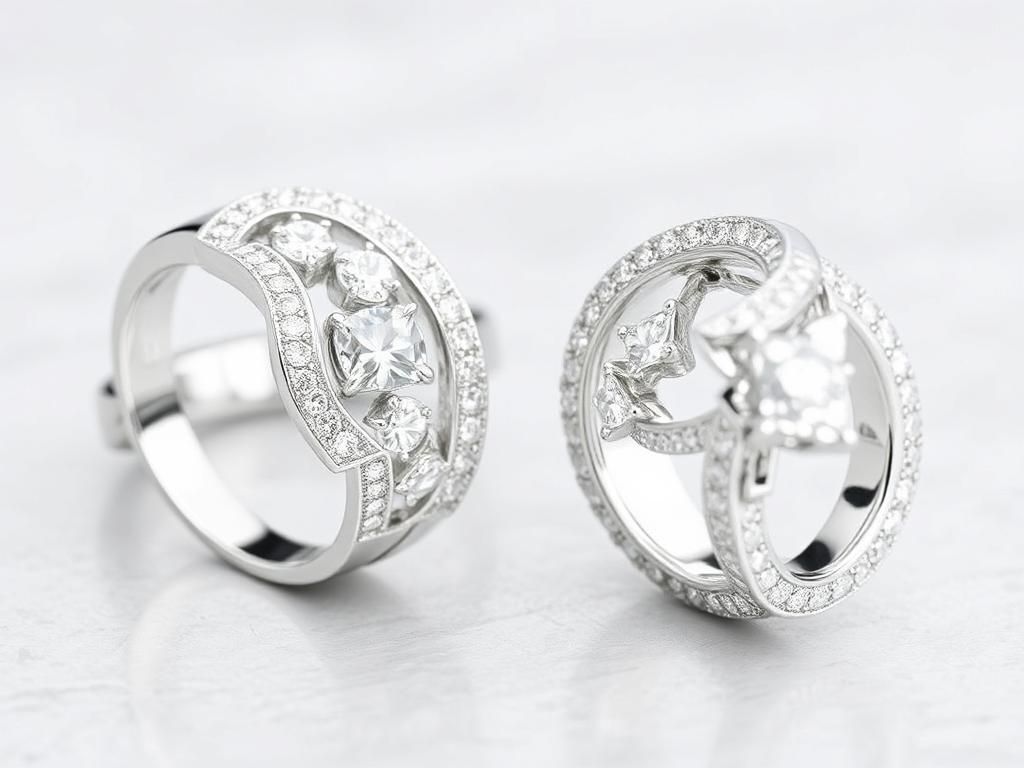Pain or discomfort in the earring hole is a common issue that many individuals experience at some point. When an earring hole hurts, it can lead to discomfort and even prevent individuals from wearing their favorite earrings. Understanding the causes of this pain is crucial for effective treatment and prevention. This comprehensive guide delves into the various reasons behind earring hole pain, how to identify the problem, available remedies, preventive measures, and alternative options for those who experience sensitivity.
Understanding Earring Hole Pain
Definition and Overview
Pain in earring holes can manifest in multiple ways, from mild discomfort to sharp pain. Common causes of pain in earring holes include infections, allergic reactions, trauma from jewelry, and the weight of earrings. Recognizing the source of the pain is vital in addressing it appropriately and preventing future occurrences.
Anatomy of the Ear and Earrings
The earlobe consists of fatty tissue, blood vessels, and sensitive skin. This structure allows for the insertion of various types of earrings, such as studs, hoops, and dangly designs. Different materials can interact with the ear differently, leading to varying levels of discomfort.
Common Causes of Earring Hole Pain
Infection
When your earring hole hurts, one likely cause is an infection. Signs of an infected earring hole include redness, swelling, discharge, and persistent pain. Risk factors for developing an infection typically involve poor hygiene during the initial healing period or wearing non-sterile jewelry.
Allergic Reactions
Some materials in earrings can trigger allergic reactions in sensitive individuals. Common allergens include nickel, copper, and certain plastics. Symptoms of an allergic reaction may consist of itching, redness, and swelling. Identifying these symptoms promptly can help in changing to hypoallergenic alternatives. For more information on metal allergies, consult [American Academy of Dermatology](https://www.aad.org).
Trauma
Trauma can occur from improperly inserted earrings or physical activities that tug on or hit the earlobe. For instance, wearing heavy earrings or experiencing a sudden yank on the earring can result in pain. Understanding how your earrings interact with your daily activities is vital.
Scar Tissue Formation
Previous piercings can leave behind scar tissue, which might alter how you perceive pain in the earring hole area. Symptoms of scar tissue may involve persistent pain or sensitivity at the piercing site. Treatment options can include massage techniques to soften the scar or, in more serious cases, surgical intervention.
Tight or Heavy Earrings
The weight and fit of earrings can significantly impact earlobe health. Heavy earrings can stretch the earlobe and cause pain, while tight earrings can pinch the skin. For sensitive ears, it’s advisable to choose lightweight earrings made from hypoallergenic materials like titanium or surgical steel.
Identifying and Diagnosing the Problem
Self-Assessment Techniques
Performing a self-assessment can help you identify potential causes of pain. Look for signs of infection, scarring, or allergic reactions. Ask yourself questions about when the pain occurs, the type of earrings worn, and any changes in your routine.
When to Seek Professional Help
If the pain persists or worsens, consider seeing a healthcare professional. It’s essential to consult a doctor or a certified piercer. They may perform tests, like allergy testing, to determine the underlying cause of the pain.
Home Remedies for Earring Hole Pain
Cleaning and Care Tips
Keeping the earring hole clean can help prevent and treat pain. Recommended solutions for cleaning include saline solutions or diluted antibacterial soaps. Maintaining excellent hygiene is crucial for healing earring holes and preventing infections.
Using Ice Packs or Warm Compresses
Applying ice packs or warm compresses can provide relief. Ice packs can reduce swelling and numb the area, while warm compresses can increase blood flow and promote healing. Ensure that you wrap the pack in a cloth to avoid direct contact with the skin.
Over-the-Counter Treatments
Over-the-counter medications such as ibuprofen or topical ointments may relieve pain and swelling. Always follow the recommended dosage and consult a healthcare professional for advice tailored to your specific needs.
Preventive Measures
Choosing the Right Earrings
Selecting earrings made from hypoallergenic materials is essential, especially for those with sensitive skin. Look for earrings made from gold, platinum, or medical-grade stainless steel to minimize the risk of allergic reactions.
Proper Piercing Techniques
Investing in professional piercing services rather than opting for DIY methods is crucial. Professional piercers use sterilized equipment and follow hygiene protocols to reduce infection and complications. Aftercare techniques, including cleaning regularly and avoiding swimming, can also promote healing.
When to Consider Alternatives
Types of Earring Alternatives
For those who find that their earring hole hurts, alternatives such as clip-on earrings or magnetic earrings can provide a pain-free option. These styles can be both fashionable and gentle on sensitive ears.
Discussing with a Professional
If you frequently face issues with your earring holes, consulting a dermatologist or allergist can provide insights into your specific situation. They can recommend suitable options for managing or reshaping damaged holes.
Conclusion
Recap of Key Points
Being aware of the causes related to why earring holes hurt is vital for maintaining ear health. Understanding how to identify symptoms and seek appropriate care can lead to effective management of the condition.
Encouragement for Personal Care
Taking charge of your ear health is empowering. Regular check-ups, becoming familiar with your symptoms, and understanding the types of materials that affect you can significantly enhance your experience with wearing earrings. For those looking for further reading, resources such as the [FDA’s Guide on Ear Piercing](https://www.fda.gov) can provide additional insights.
| Cause | Signs/Symptoms | Recommended Treatments |
|---|---|---|
| Infection | Redness, swelling, discharge | Antibiotics, cleaning |
| Allergic Reaction | Itching, redness | Change to hypoallergenic earrings |
| Trauma | Pain from tugging | Rest, ice packs |
| Scar Tissue | Persistent sensitivity | Consult professional for treatment |
| Tight/ Heavy Earrings | Pain from weight | Switch to lighter earrings |
FAQ Section
1. What should I do if my earring hole hurts?
Start with self-care measures like cleaning and monitoring for signs of infection before consulting a professional.
2. How can I tell if my earring hole is infected?
Look for symptoms such as redness, swelling, warmth, and discharge around the earring hole.
3. What materials should I avoid if I have sensitive ears?
Avoid earrings made with nickel, copper, and other common allergens.
4. Is it normal for an earring hole to hurt after getting pierced?
Mild discomfort is normal, but persistent pain may indicate complications.
5. Can I wear earrings if I have an infection?
No, it’s best to avoid earrings if you suspect an infection to prevent further irritation.
6. How long does it take for earring holes to heal?
Healing time varies, but generally, earring holes should be cared for regularly to avoid complications.
7. Are there earring alternatives for sensitive ears?
Yes, clip-on and magnetic earrings are excellent alternatives for individuals with sensitivity.
8. What should I do if I have scar tissue from a previous piercing?
Consult a professional for potential treatments and techniques to address the scar tissue pain.
9. Can I clean my earring hole with alcohol?
It is advisable to avoid alcohol, as it can irritate the skin; a saline solution is preferable.
10. When should I consider changing my earrings?
If you frequently experience pain or discomfort, it might be time to switch to hypoallergenic options.


